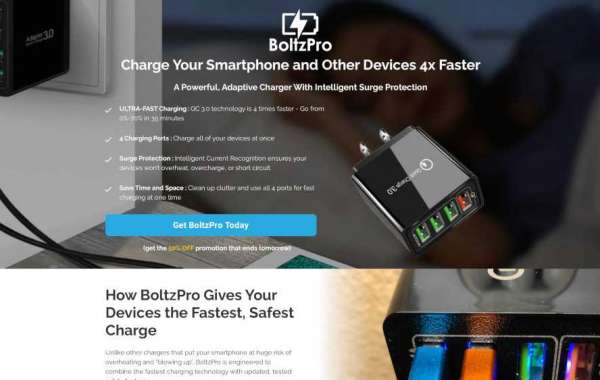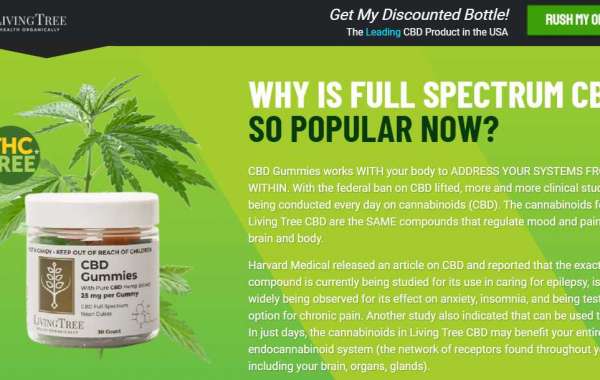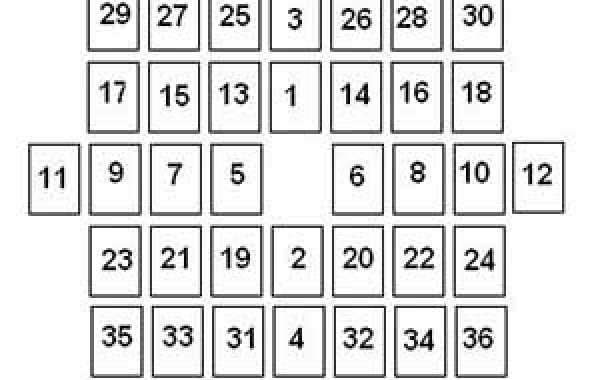- A detailed assessment of the current market landscape, providing information on drug developer(s) (year of establishment, headquarters and size of the company), phase of development (marketed, clinical, preclinical, and discovery stage) of lead candidates, type of molecule (small molecule and biologic), type of therapy (monotherapy and combination therapy), type of synlet target, target patient segment, key therapeutic area(s), target indication(s), and route of administration. In addition, the chapter includes a list of screening platforms that are being used by industry players to study synlet interactions between gene pairs.
- Detailed profiles of large players that are engaged in the development of synthetic lethality-based drugs (shortlisted on the basis of phase of development of pipeline products), featuring a brief overview of the company, its financial information (if available), detailed profiles of their respective lead drug candidates, and an informed future outlook. Additionally, each drug profile features information on the type of drug, route of administration, target indications, current status of development and an excerpt on its developmental history. In addition, the chapter includes tabulated profiles of small-sized and mid-sized players (shortlisted on the basis of the number of pipeline products), featuring details on the innovator company (such as location of headquarters, year of establishment, number of employees, and key members of the executive team), recent developments, along with descriptions of their synthetic lethality-based drug candidates.
- An analysis of the prevalent and emerging trends in this domain, as represented on the social media platform, Twitter, posted during the period 2010-2019 (till May), highlighting the historical trend of tweets, most prolific contributors, frequently discussed synlet targets, popular disease indications and a multivariate tweet benchmark analysis.
- An analysis of close to 700 peer-reviewed scientific articles related to synthetic lethality, published during the period 2017-2019 (till May), highlighting the research focus within this niche industry segment. It includes an informed opinion on the key trends observed across the aforementioned publications, including information on target disease indications, synlet targets, and analysis based on various relevant parameters, such as study type (review article, research article and case report), research objective, year of publication, key research hubs, most popular authors, provision of grant support, and most popular journals (in terms of number of articles published in the given time period and journal impact factor).
- An analysis of various abstracts presented at the American Society of Clinical Oncology (ASCO) in the time period 2013-2019 (till May), highlighting several parameters, such as year of (abstract) publication, popular drugs, synlet targets, target cancer indications, popular authors, author designations, industry type (industry and academia) and most active organizations (in terms of number of published abstracts). In addition, this analysis features a multi-dimensional bubble chart analysis to assess the relative level of expertise of the key authors / researchers based on the number of publications, citation count and research gate score.
- An in-depth analysis of close to 750 grants that have been awarded to research institutes engaged in projects related to synthetic lethality, between 2014 and 2019 (till May), highlighting various important parameters associated with grants, such as year of award, support period, amount awarded, funding institute, administration institute center, funding institute center, funding mechanism, spending categorization, grant type, responsible study section, focus area, type of recipient organization and prominent program officers. It also features a detailed analysis on most popular synlet targets and target indications, along with a multivariate grant attractiveness analysis based on parameters, such as amount awarded, support period, grant type, number of synlet targets and number of indications under study.
- An analysis of the investments made into companies that have proprietary synthetic lethality-based drugs / screening platforms, including seed financing, venture capital financing, debt financing, grants, capital raised from IPOs and subsequent offerings.
- An in-depth benchmark analysis of over 230 synlet targets identified from various credible sources (research publications, government fundings, clinical studies, recent news / tweets and abstracts presented in global conferences), highlighting targets that have already been validated in clinical studies, preclinical studies and early-stage research (cases where there is no lead (therapeutic) candidate being investigated). Further, it highlights the long-term opportunities (for drug developers) associated with individual targets, based on their popularity across different portals.
- An analysis of the role of innovative companion diagnostics in synthetic lethality on the basis of several parameters, such as synlet target, drug candidate(s) being investigated, target biomarker(s), target disease indication(s) and assay technique used. It also includes case studies, highlighting those companion diagnostic tests that are available and are being used to evaluate the therapeutic efficiency of approved PARP inhibitors using the principle of synthetic lethality.
- Informed estimates of the existing market size and the future opportunity for synthetic lethality-based drugs and targets, over the next decade. Based on multiple parameters, such as target consumer segments, region-specific disease prevalence, anticipated adoption of the marketed and late stage drugs and the likely selling price, we have provided informed estimates on the evolution of the market over the period 2019-2030.
To request for Customize Report – https://www.rootsanalysis.com/reports/synthetic-lethality-based-drugs-and-targets-market-2019-2030-focus-on-/request-customization.html
The report also features the likely distribution of the current and forecasted opportunity across important market segments, mentioned below:
- Type of Molecule
- Small Molecule
- Biologic
- Target Indication
- Breast Cancer
- Cervical / Anogenital Cancer
- Diabetic Macular Edema
- Gastric Cancer
- Lung Cancer
- Ovarian Cancer
- Renal Cell Cancer
- Synlet Target
- APE / REF-1
- CHK1
- GLS1
- PARP
- Polθ
- WEE1
- Route of Administration
- Oral
- Intravenous
- Key Geographical Regions
- North America
- Europe
- Asia-Pacific
- Rest of the World
The report includes detailed transcripts of discussions held with the following experts:
- Simon Boulton (Vice President, Science Strategy, Artios Pharma)
- Yi Xu (Associate Director, Business Development, IMPACT Therapeutics)
- Norbert Perrimon (Professor, Department of Genetics, Harvard Medical School)
- Vivek Dharwal (Professor, Department of Biochemistry, Panjab University)
- Alfred Nijkerk (Chief Executive Officer, UbiQ)
To request for Sample Report – https://www.rootsanalysis.com/reports/267/request-sample.html
Key Questions Answered
- What are the prevalent RD trends related to synthetic lethality?
- What type of clinical conditions can be treated using synthetic lethality-based drugs?
- What are the key drug classes that leverage the concept of synthetic lethality?
- Who are the leading industry and non-industry players in this market?
- What are the most popular synlet targets and target indications?
- What are the key geographies where research on synthetic lethality is being conducted?
- Who are the key investors in this domain?
- Who are the key opinion leaders / experts in this field?
- How is the current and future market opportunity likely to be distributed across key market segments?
You may also be interested in the following titles:
- Global T-Cell (CAR-T, TCR, and TIL) Therapy Market (4th Edition), 2019 – 2030
- Neoantigen Targeted Therapies Market, 2019-2030
- Cancer Biomarkers Market: Focus On TMB, MSI / MMR and TILS Testing, 2019 – 2030
- Companion Diagnostics Market (2nd Edition), 2019-2030
About Roots Analysis
Roots Analysis is one of the fastest growing market research companies, sharing fresh and independent perspectives in the bio-pharmaceutical industry. The in-depth research, analysis and insights are driven by an experienced leadership team which has gained many years of significant experience in this sector. If you’d like help with your growing business needs, get in touch at info@rootsanalysis.com
Contact Information
Roots Analysis Private Limited
Gaurav Chaudhary
+1 (415) 800 3415
Facebook - https://www.facebook.com/RootsAnalysis
LinkedIn - https://www.linkedin.com/company/roots-analysis/mycompany/
Twitter - https://twitter.com/RootsAnalysis








